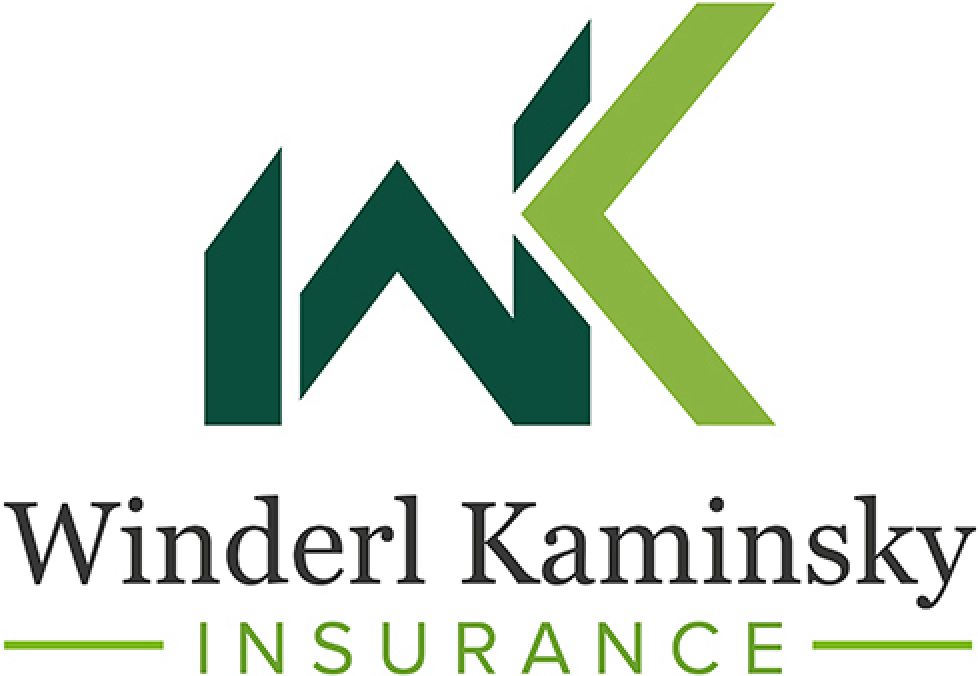Understanding Medicare Parts A and B
As individuals near the age of Medicare eligibility, a common concern is unraveling the intricacies of its various components. Medicare is split into several parts, each serving a distinct purpose. Becoming well-versed in this can ensure a smooth transition from existing health plans.
What's Covered Under Medicare Part A?
Medicare Part A, often referred to as hospital insurance, primarily covers inpatient hospital care, skilled nursing facilities, hospice, and some home health care services. Typically, individuals qualify for premium-free Part A if they've paid Medicare taxes for a sufficient period. For the majority, it acts as a foundation of their Medicare benefits.
The Essentials of Medicare Part B
Meanwhile, Medicare Part B addresses outpatient care. It covers services such as doctor visits, preventive services, outpatient care, and medical supplies. Unlike Part A, Part B requires a monthly premium, which can vary based on income. Part B is essential for individuals seeking comprehensive coverage beyond what is provided in hospital settings.
Eligibility and Enrollment
Generally, individuals become eligible for Medicare at age 65. Enrollment periods can be automatic or require direct initiation based on factors like existing health coverage. It's crucial to understand these timelines to avoid unnecessary penalties.
Transitioning from Other Health Plans
For many, transitioning to Medicare from an employer or private health plan can seem overwhelming. It's essential to compare coverage benefits and consider overlapping coverage to avoid gaps in healthcare. Consulting with a Medicare expert can provide clarity, ensuring individuals make informed decisions.
Our agency is dedicated to helping you navigate these decisions effortlessly, ensuring your healthcare needs are fully met. By understanding the components of Medicare and the steps to transition, individuals can approach Medicare with confidence.

